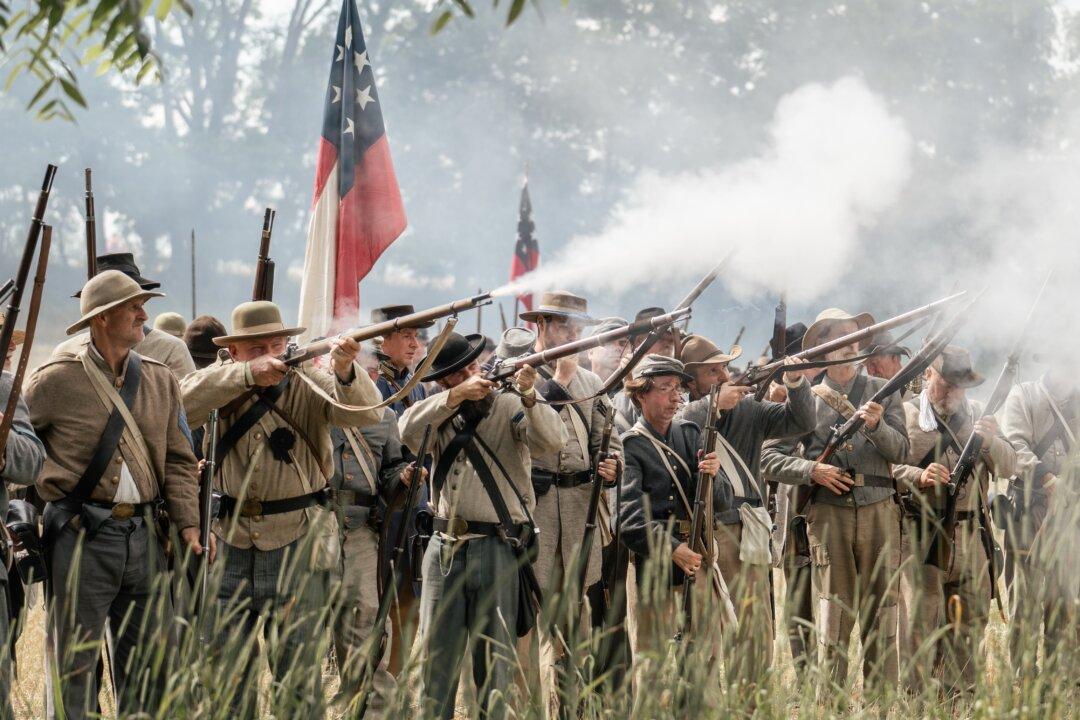At the site of the Civil War’s bloodiest battle, history enthusiasts, descendants of Civil War soldiers, and curious visitors alike descend upon Gettysburg, Pennsylvania, every year. Volunteers don Civil War-era uniforms, some adopting real personas from history, to reenact the most decisive battle of the nation’s most painful conflict. They are not just playing roles but trying to understand what it was like to be living during a time when the country’s divisions were at their worst, when the very existence of our republic was in jeopardy.
Zach Lane, who was portraying a Union sergeant during the 2022 event, reflected on the possibility that two brothers could be fighting on opposite sides of the war. The tragic reality dawned on him. He hopes the country doesn’t repeat the same mistake. “At the end of the day, you can realistically disagree with somebody but still get along with them,” he said. He was part of a group that camped outside throughout the weekend—just like the soldiers who began their campaign on July 1, 1863, amid sweltering temperatures. The group, representing a cavalry regiment from West Virginia, said they wanted to endure the same suffering as the soldiers did.






